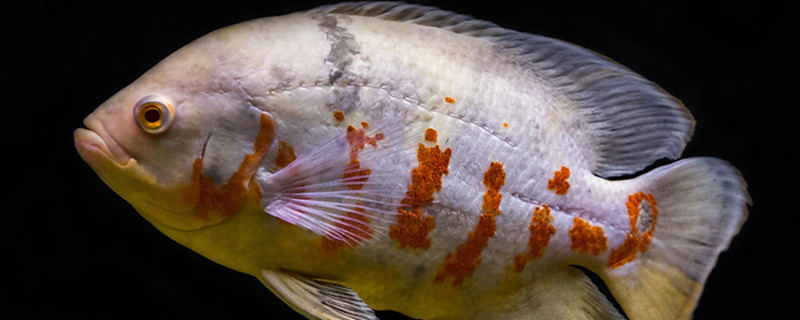
Fish have a nose. Its nose is at the front of its head. There are two small holes on it. Unlike terrestrial animals, the nose of fish can not be used to breathe, but it is also an olfactory organ, which can be used to identify the types of animals around, as well as to judge the quality of water. It is worth mentioning that the land animal's olfactory sense captures volatile gases, while its nose captures amino acids in water.
1. Taste: The taste of fish mainly depends on its taste buds, which are mainly on its lips, mouth and tentacles. When a fish eats, it needs to repeatedly hesitate to judge whether the food is edible. If it is edible, it will swallow it, otherwise it will spit it out.
2. Sense of touch: Fish have sense of touch organs distributed on the tentacles and lateral line, which allows them to sense changes in pressure and current and avoid swimming too deep. It is worth mentioning that the lateral line contact pressure of this animal is very sensitive and can detect very small vibrations in the water.
3. Hearing: Although fish do not seem to have ears, the inner ear is actually hidden inside the head. It has a narrow range of hearing, but for them, listening to sound is only one function of the ear, another function is to maintain balance, which is the same as other animals.
4. Vision: The vision of fish is not excellent, and it can only see the near objects clearly. However, because the two eyes are on both sides, the rotation range is large, so the wind and grass around can also be found at the first time.